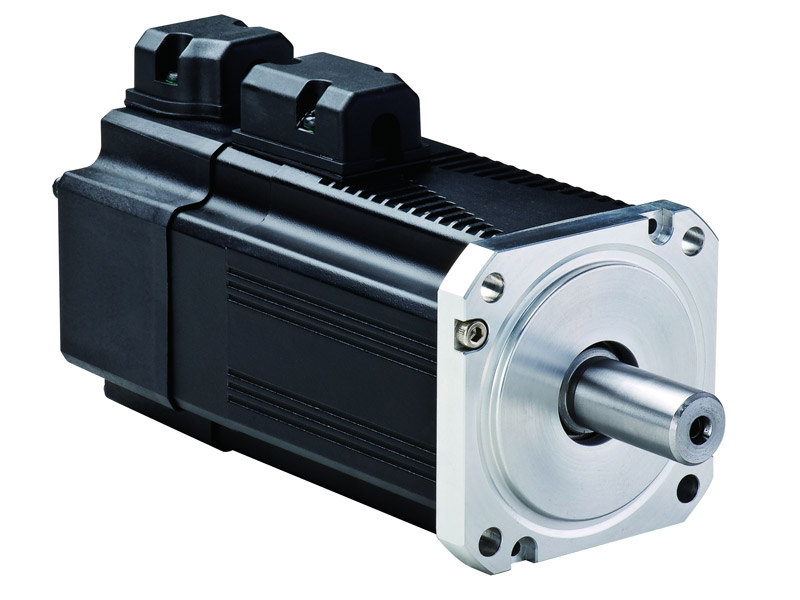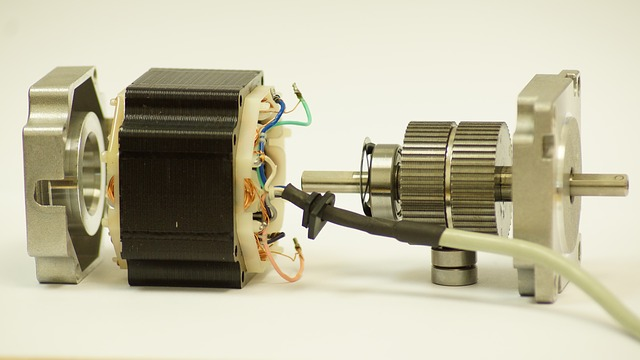The difference between stepper motor and servo motor
Stepper motors and servo motors are both important control components in the field of industrial transmission control, with a wide range of applications. But the difference between a stepper motor and a servo motor?
Only when you understand the difference between a stepper motor and a servo motor can you accurately determine whether to use a stepper motor or a servo motor.

Let's first take a look at the concept of stepper motors and servo motors.
The servo motor can control the speed and position accuracy very accurately, and can convert the voltage signal into torque and speed to drive the control object.
1. The control accuracy of stepper motor and servo motor are different. The step angle of the two-phase hybrid stepping motor is generally 1.8°, and the step angle of the three-phase hybrid stepping motor is 1.2°. There are also some high-performance stepping motors with a smaller step angle.
The control accuracy of the AC servo motor is guaranteed by the rotary encoder at the back of the motor shaft. For a servo motor with a standard 2500-line encoder, the pulse equivalent is 360°/10000=0.036° due to the quadruple frequency technology used inside the drive.
For the vast majority of users, whether it is mechanical transmission accuracy or photoelectric sensor positioning accuracy, there is no high physical accuracy of stepper motors and servo motors. It is not necessary to unilaterally pursue the highest accuracy of motors.

2. The torque-frequency characteristics of stepper motors and servo motors are different.
The output torque of a stepping motor decreases with the increase of the speed, and will drop sharply at a higher speed, so its maximum working speed is generally 0~900RPM. AC servo motor has constant torque output, that is, it can output rated torque within its rated speed (generally 1000~3000RPM).
3. Stepper motor and servo motor have different overload capacity.
4. The running performance of stepper motor and servo motor are different. Stepper motor control is open-loop control. If the starting frequency is too high or the load is too large, it is easy to lose steps or stall. When the speed is too high, it is easy to overshoot. Therefore, in order to ensure its control accuracy, it should be handled well. Speed up and down issues.
5. The AC servo drive system is closed-loop control. The drive can directly sample the feedback signal of the motor encoder. The position loop and the speed loop are formed inside. Generally, the stepping motor will not lose steps or overshoot, and the control performance is better. reliable. The servo motor is a closed-loop system, the servo driver can automatically correct the missing pulses, and can also give feedback to the controller in time when the rotor is locked, while the stepper motor is an open-loop system, and sufficient torque margin must be used to avoid the locked rotor.
6. The speed response performance of stepper motor and servo motor is different.
7. It takes 100 to 2000 milliseconds for a stepping motor to accelerate from a standstill to a working speed. The acceleration performance of the AC servo system is better. It only takes a few milliseconds to accelerate from a static acceleration to its rated speed of 3000RPM. It can be used in control situations that require fast start and stop.
 BACK
BACK
Yesterday, the 138th China Import and Export Fair (Canton Fair) was grandly open…
In the golden autumn of October, the fruits are fragrant. On this beautiful mome…
Dear friends, the 138th Canton Fair will be held in Pazhou, Guangzhou on October…
At BG Motor, we firmly believe that the strength of a team can carry dreams furt…
New Breakthrough at Conifer (Silicon Valley Startup)What’s new?Conifer has devel…
The 2025 World Robot Conference (WRC), held in Beijing, brought together top min…